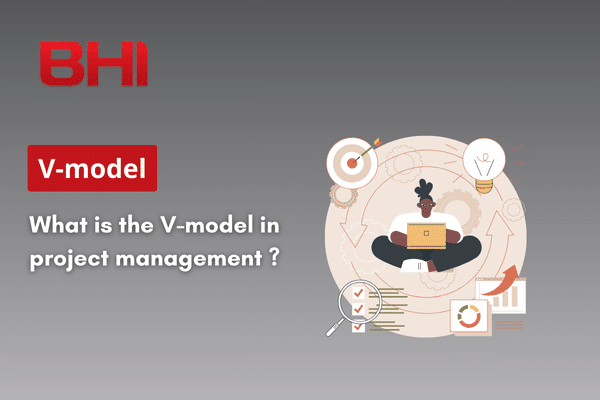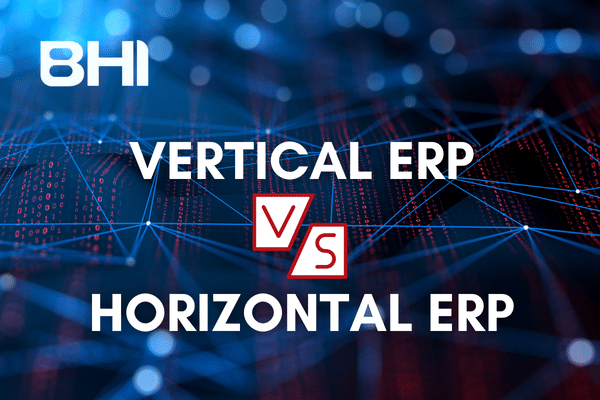In a world where companies use an average of 130 SaaS applications, the ability to make these different systems communicate becomes crucial. Without effective interconnection, your teams waste time and productivity juggling between isolated tools. APIs (Application Programming Interfaces) have become the connective tissue of the modern enterprise, allowing your various solutions to dialogue harmoniously. But how do you effectively orchestrate this technological symphony ?
What is an API and why connect them ?
Understanding the fundamentals of interoperability
An API is essentially a set of rules and protocols that allow different applications to communicate with each other. Unlike integration which aims to merge systems into a coherent whole, interoperability preserves the autonomy of each application while enabling fluid data exchanges.
The three levels of interoperability
Technical interoperability constitutes the universal language that software shares to communicate without error. It relies on standardized communication protocols and programming interfaces like APIs.
Semantic interoperability ensures understanding of the meaning of exchanged data. Software agrees on a shared terminological standard.
Organizational interoperability aligns data with business objectives and workflows, fostering collaboration between stakeholders.
The business stakes of interconnection
According to a Mulesoft 2023 study, companies that have adopted a mature API integration strategy see:
- 35% reduction in time to market
- 28% increase in team productivity
- 23% decrease in overall IT costs
Now that we understand the strategic importance of APIs, let’s explore the different approaches to connect them effectively.
The 5 main methods to connect your APIs
1. Direct API : The most flexible solution
The API remains the most direct solution for establishing communication between two software systems. This interface relies on a set of protocols enabling the exchange of requests and responses between client and server.
Advantages:
- Versatility and accelerated development
- Native integration of data and functionalities
- Security via regulated access (credentials, HTTP headers, cookies)
- Available open-source or custom-built
Major drawback : The “spaghetti” effect – when connections multiply, maintenance becomes complex.
Concrete example : An online travel company uses APIs from its partners (airlines, hotels) to display real-time availability, rates, and special offers, thus improving customer experience.
If direct API shows its limits, web services offer an interesting alternative.
2. Web services : The web-accessible API
A web service is a specific form of API accessible only via the Internet, facilitating integration across different types of applications.
Key protocols :
- HTTP: Information transport
- XML: Query retrieval
- JSON: Data transmission
- SOAP vs REST: SOAP more standard, REST more flexible for modern services
Use case: A fruit juice production company uses web services to:
- Integrate management systems with agricultural suppliers
- Communicate in real-time with distributors via RESTful/JSON
- Ensure traceability with control organizations
For more complex orchestration needs, middleware comes into play.
3. Middleware : Bridges between incompatible applications
Middleware creates a software link between normally incompatible applications in a distributed network.
Main types:
- ESB (Enterprise Service Bus): Centralized component transforming data models and messages
- MOM (Message-Oriented Middleware): Manages message queues and brokers
4. iPaaS platforms : Democratized integration
iPaaS (Integration Platform as a Service) is cloud middleware with visual low-code/no-code interfaces, making integration accessible to non-developers.
Key capabilities :
- Central hub connecting multiple SaaS solutions
- Pre-built connectors
- Complex workflow automation
- Scalability according to needs
Typical automations :
- CRM ↔ e-commerce customer data synchronization
- Automatic triggering of invoices, technical interventions
Statistic: The iPaaS market is expected to reach $13.7 billion by 2026 (MarketsandMarkets, 2023).
5. Webhooks : Real-time notification
Webhooks automatically send notifications when specific events occur, eliminating the need for constant polling.
Operation: HTTP callback sent to a unique URL during an event (purchase, new CRM contact).
Advantages:
- Instant message automation
- Standard protocols (HTTP)
- Facilitated inter-software communication
Example: Trello → Slack: automatic notification when a task is completed, reducing team reaction times.
Pitfalls to avoid
Before launching, beware of these common errors that can compromise your interconnection project.
1. The spaghetti effect
The more you multiply point-to-point connections, the more nightmarish maintenance becomes.
2. Governance negligence
Without clear rules:
- Inconsistent data
- Possible infinite loops
- Exploding API costs
- Compliance issues
3. Forgetting scalability
Your architecture must be able to grow with your needs without complete overhaul.
Concrete benefits of mastered interconnection
A study reveals that mastered interconnection generates three types of major benefits. First, process automation with a unique database improves reliability. Second, increased visibility enables real-time decisions in response to market fluctuations. Finally, service improvement frees teams from tasks without added value.
The future of API interconnection
AI serving integration
Modern platforms integrate AI to :
- Automatically map fields
- Detect anomalies
- Suggest optimizations
- Predict maintenance needs
GraphQL : The new standard?
According to MarketsandMarkets, the global GraphQL API market is expected to grow at an average annual rate of 29% between 2023 and 2028. GraphQL is attracting more and more companies because it allows precise querying of necessary data, thus optimizing application performance and flexibility.
API-First Design
New applications are designed with interconnection in mind, facilitating their future integration.
Conclusion
API interconnection is no longer a technical option but a strategic imperative. Remember: with an average of 130 applications per company, it’s your ability to make them collaborate that will make the difference. Whether you’re looking to automate a few processes or completely transform your digital architecture, the key lies in a methodical and progressive approach.
Solutions exist – direct APIs, web services, iPaaS, middleware, webhooks – each with its strengths depending on your context. The important thing is to start, even modestly, and evolve according to your needs.
Ready to transform your digital architecture?
Contact our experts at +33 (0)1 83 62 12 23 or via our contact form. Together, let’s explore how to transform your API interconnection challenges into performance and automation opportunities for your business.

















